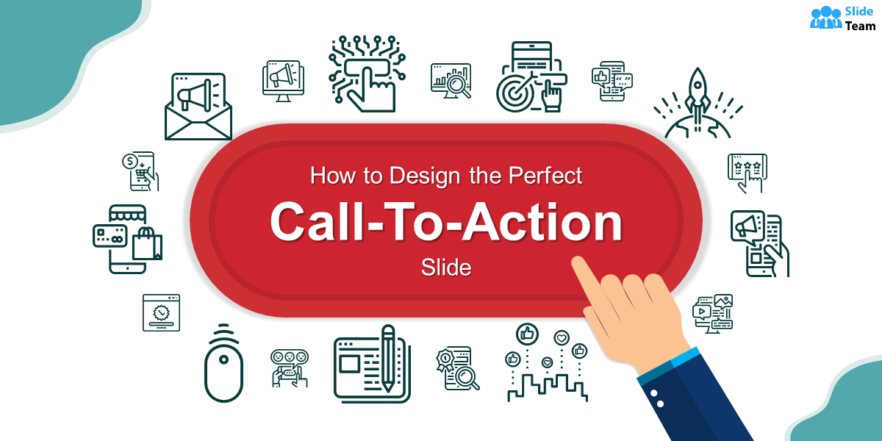The Agile Manifesto emphasizes the need for authentic human interactions over rigid processes for delivering efficient outputs. Yet, well-defined roadmaps will always be important for any project management or software development under process (Here’s more on Agile Methodology.)
Agile roadmaps outline the goals and objectives of their respective agile project or product development. These also encompass the iterative steps or a timeline required to achieve them. With the help of agile roadmaps, organizations carve out long-term pursuits while specifying a sense of direction.
Unlike regular roadmaps, agile roadmaps are dynamic and flexible, meaning they keep on evolving with time, trends, and customer feedback. As managers, it’s important for you to keep your teams updated on the same for which you must explore Agile Roadmap Templates that are, in particular, compatible with real-time software in use.
If you are at a crossroads with this situation, get everyone on the same page with our Agile Roadmap Templates. Like other products available in our 2 Million+ library, these Agile Roadmap Templates are 100% customizable providing you with the desired flexibility to edit your presentations. Avail these content-ready slides to give you the much-needed structure in portraying how far you have to go .
Template 1: Agile Roadmap Quarterly Timeline Template
Track your quarterly targets and their alignment along the roadmap traced in the beginning of the project with this PPT Layout. With this Excel-linked Template, monitor the list of activities covered under each quarter and share their performance updates. The 100% editability of this Template allows you to re-use the Slide yearly and give a uniform look to your quarterly timeline presentations. Grab it now!
Template 2: Scaled Agile Roadmap Template
Share the specifics of your scaled agile framework with this PPT Roadmap Diagram. Showcase how you are going to go about implementing the framework, showcasing step-by-step identification from the point of tipping to assigning to the product/project to the scrum master. Establish the position of agile release train, preparation for launch, and execution while identifying the personnel responsible for conducting these tasks, all via this PPT Template. Grab it now.
Template 3: Quarterly Agile Roadmap Template
Here’s a more appealing Diagram to present your quarterly roadmap for agile implementation in your organization. Identify the five key steps namely kick-off, design, validate, design, launch and improvement, and allocate these among the four quarters of the year. Then figure the composition of each step using branched out structure under all five steps. Mention tasks related to your project and create a roadmap powerpoint presentation templates that yields profitable results. Download it now.
Template 4: Agile Roadmap PPT Theme
If the project at hand involves software development or upgrade, use this PPT Layout to depict the roadmap of implementing these changes with agile methodology. Showcase upgrades that need to be brought about in infrastructure, installation of new features, stickiness, improvements and integration. Track these features with respect to developing webapps, mobile apps, and user experience designs. Imprint your objectives in this tabular design and keep on updating it to incorporate best features. Download it now!
Template 5: Five Years Agile Roadmap Timeline Template
Monitor agile projects for multiple teams in your organization running over a course of five years with this PPT Slide. Divide this period into sprints and calculate progress, collect feedback after each sprint for each team with this PPT Layout. Use color coding to identify the criticality of projects as time passes. Align the sprints in order to incorporate feedback better and let all sprint timelines coincide with this PPT Template. Download this PPT Theme now!
Download these editable Agile Roadmap Templates now to start prioritizing your project/product goals and streamlining the process toward achieving them.
PS: Combine agile methodology with the wisdom to reduce waste and you have the Japanese-pioneered Lean Technology to render processes efficient. Learn more about how to implement Lean Processes in your organization with this blog replete with templates.
FAQs on Agile Roadmaps
What is an agile roadmap?
An agile roadmap is a high-level plan that outlines the goals and objectives of an agile project or product development and the iterative steps or milestones required to achieve them. It's a flexible and dynamic tool that adapts to changing circumstances and customer feedback and helps to align the team's efforts and priorities towards a shared vision. The agile roadmap typically incorporates user stories, release plans, and sprint or iteration goals and can be visualized in various formats such as Gantt charts, Kanban boards, or product backlogs.
What are the different types of roadmaps in agile?
- Product roadmap: outlines a product's high-level goals and priorities over a more extended period, typically 6 to 12 months.
- Release roadmap: details the specific features and capabilities that will be delivered in each product release, typically covering a shorter period of 2 to 3 months.
- Sprint roadmap: outlines the specific user stories or tasks that will be completed in each sprint, typically covering a time period of 1 to 4 weeks.
- Portfolio roadmap: provides an overview of the various products and initiatives being worked on by an organization, including their interdependencies and alignment with overall business goals.
What are the three stages of agile planning?
There are three stages of agile planning:
- Release planning: This stage focuses on identifying the high-level goals for a release and the key features that need to be delivered. The team estimates the effort required for each feature and decides on the priorities and the order in which they will be implemented. The output of this stage is a release plan that outlines the release's timeline, milestones, and goals.
- Iteration planning: This stage focuses on planning for the next iteration or sprint. The team selects the user stories or tasks that will be worked on during the iteration, estimates the effort required, and breaks them down into smaller tasks. The team also identifies potential risks and dependencies and decides on the acceptance criteria. The output of this stage is an iteration plan that outlines the goals, tasks, and estimated effort for the iteration.
- Daily planning: This stage focuses on the daily activities of the team. During the daily stand-up meeting, team members discuss the tasks they worked on the previous day, what they plan to work on today, and any obstacles or issues they face. The output of this stage is an updated task list that reflects the progress made and any changes in priorities or dependencies.
What is the purpose of the Agile Roadmap to Value?
The Agile Roadmap to Value aims to provide a high-level view of how an organization's product or service will deliver value to customers over time. It helps align the organization around a shared vision of the product, its key features, and how they will address customer needs and pain points.
The Roadmap to Value is a tool that can be used to communicate the product vision and priorities to stakeholders, including customers, executives, and the development team. It helps prioritize features based on their potential Value and impact and ensures that the product development efforts are aligned with the organization's strategic goals.
By focusing on delivering value to customers, the Agile Roadmap to Value helps teams stay focused on the most critical and impactful features, and avoid getting sidetracked by less important features or distractions. It enables teams to make data-driven decisions about what features to prioritize and when and helps ensure that the product delivers value to customers at each stage of development.


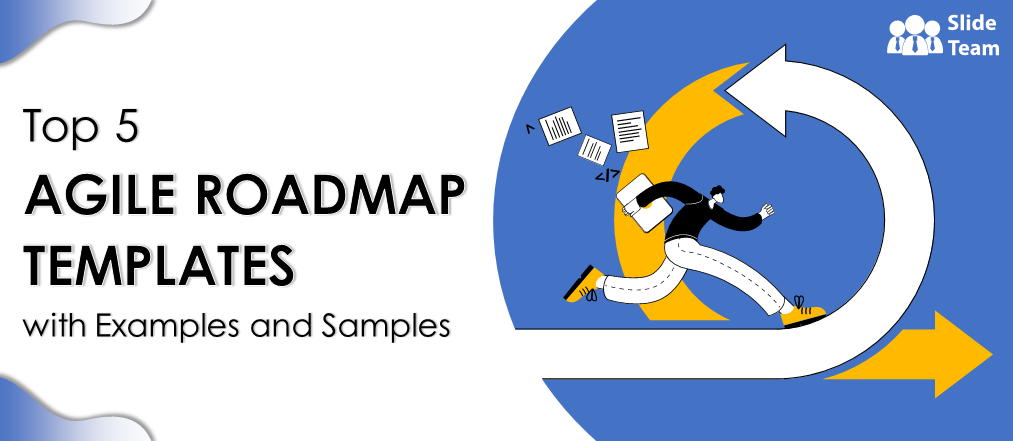


 Customer Reviews
Customer Reviews

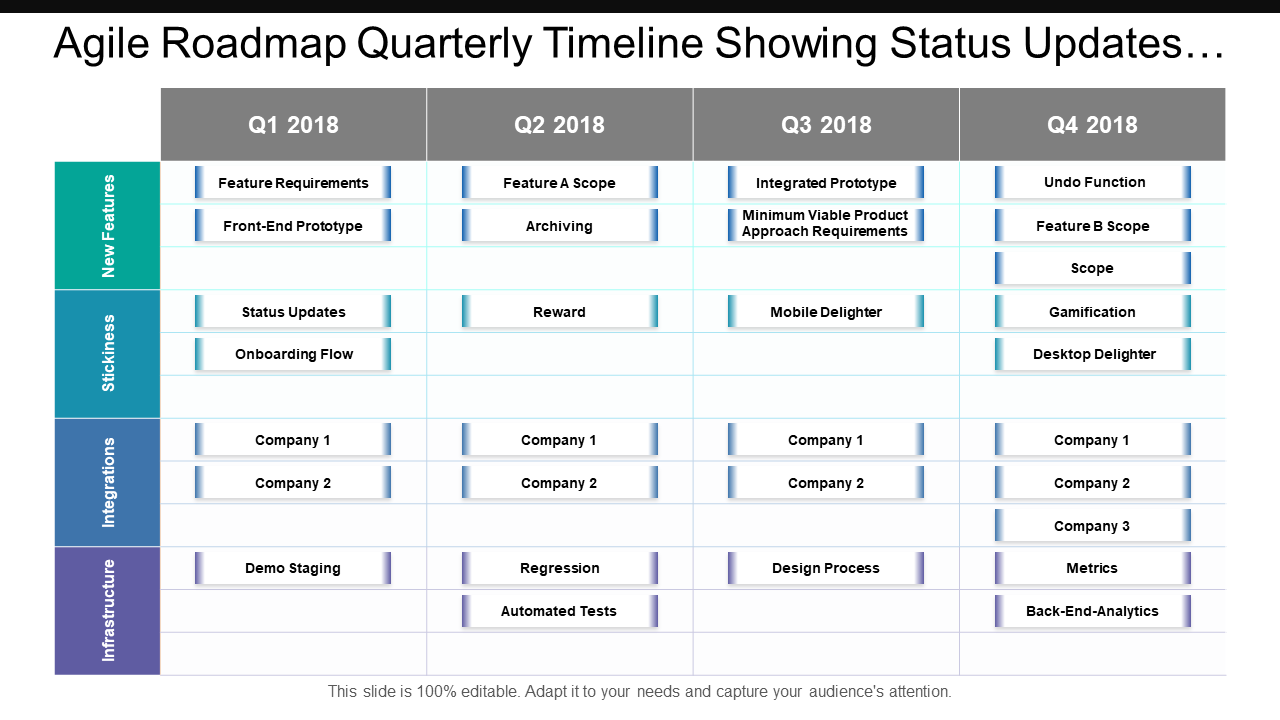
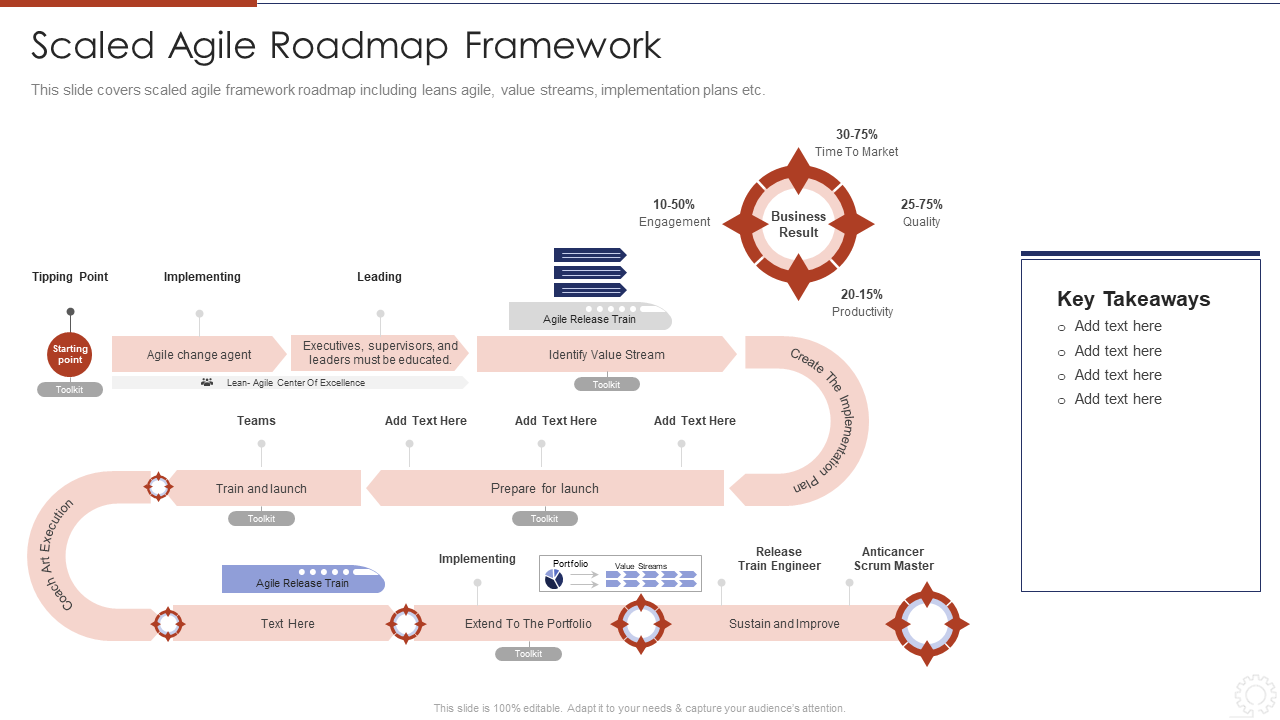
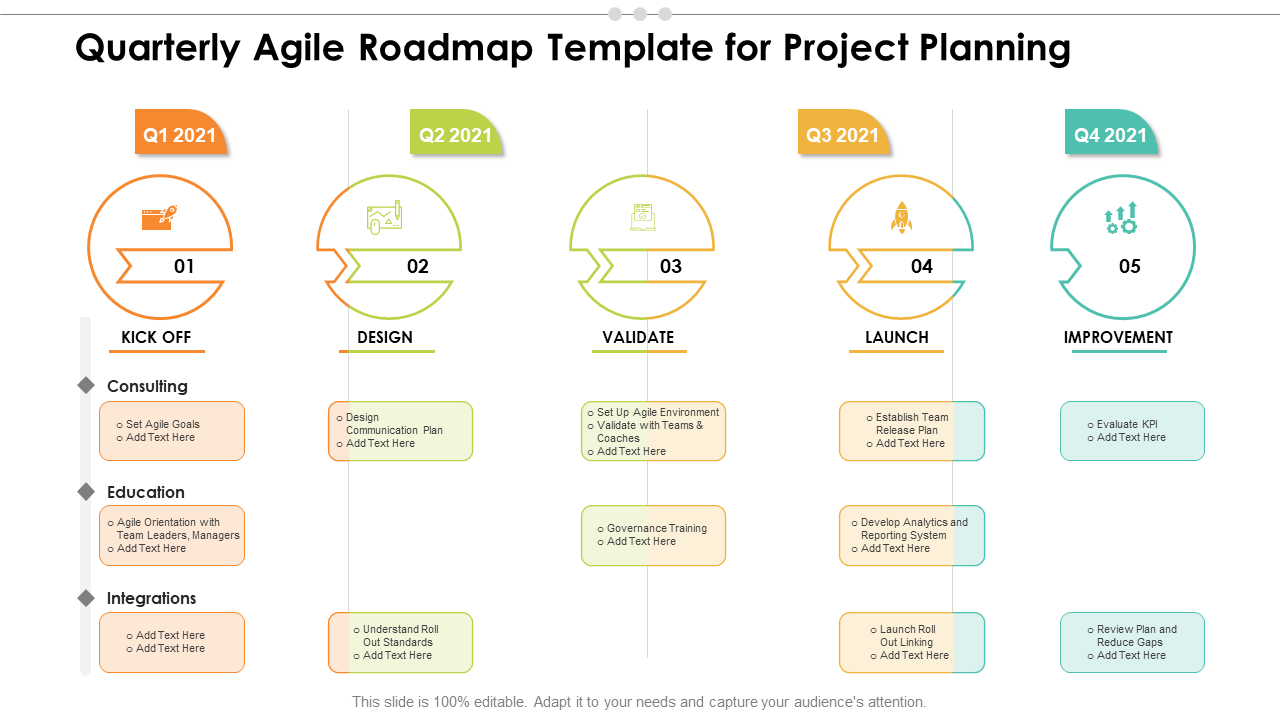
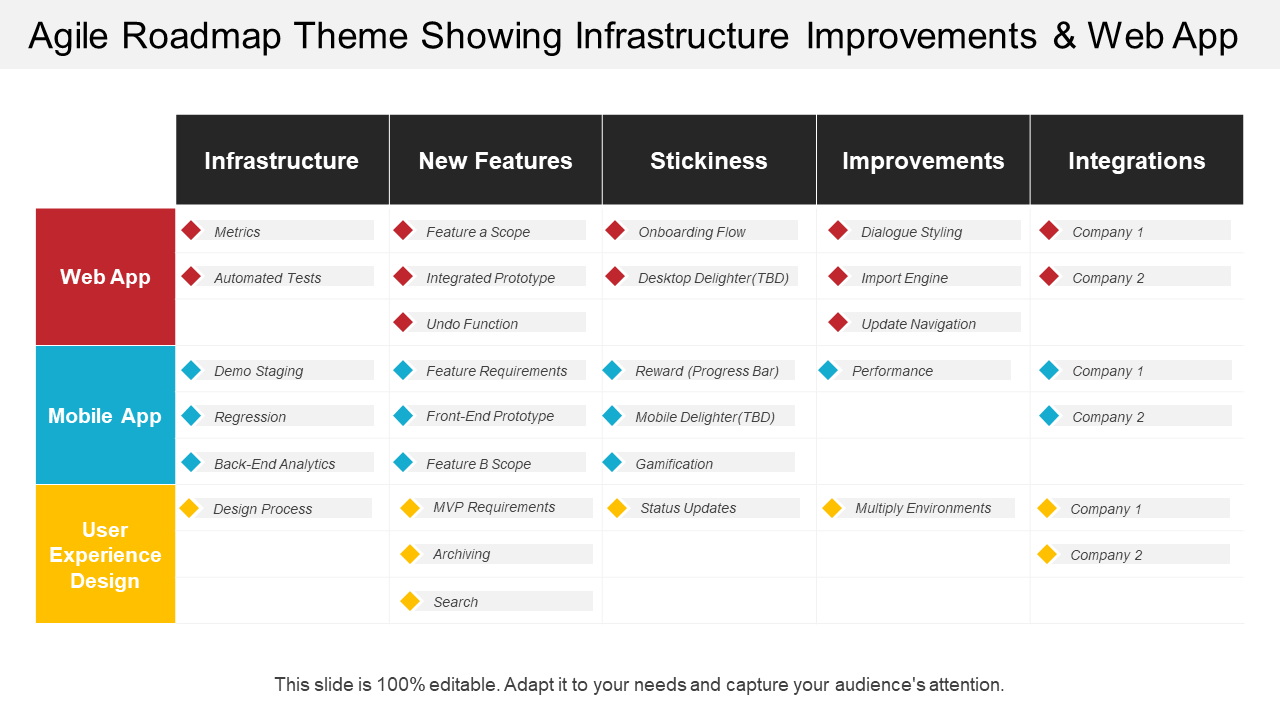
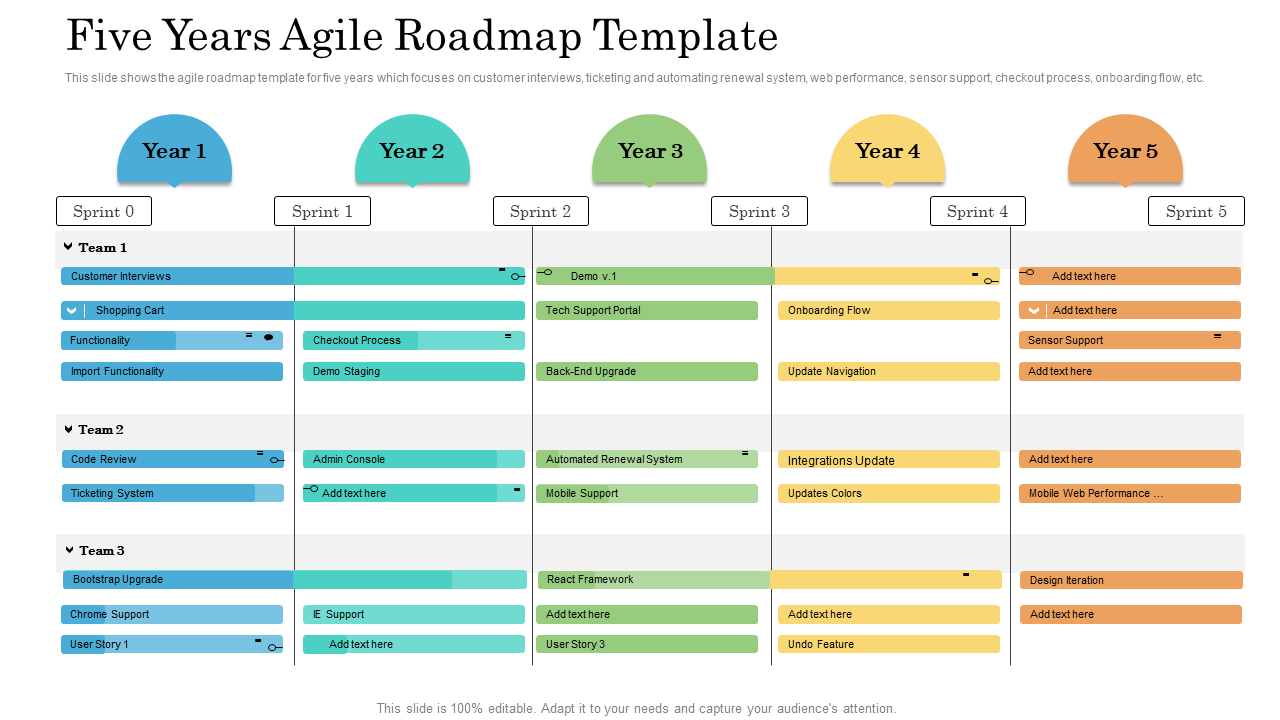



![[Updated 2023] 20 Pie Chart Templates to Draw Intuitive Comparisons](https://www.slideteam.net/wp/wp-content/uploads/2021/11/gif-1013x441-1-1013x441.gif)
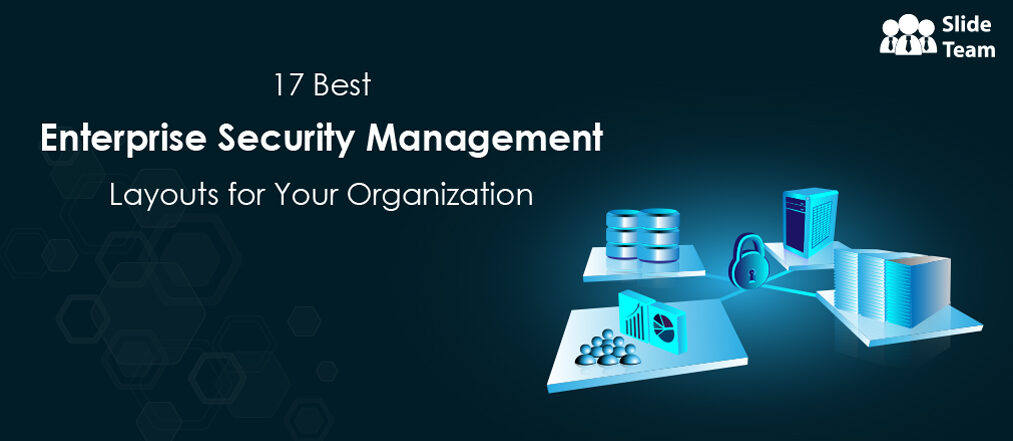

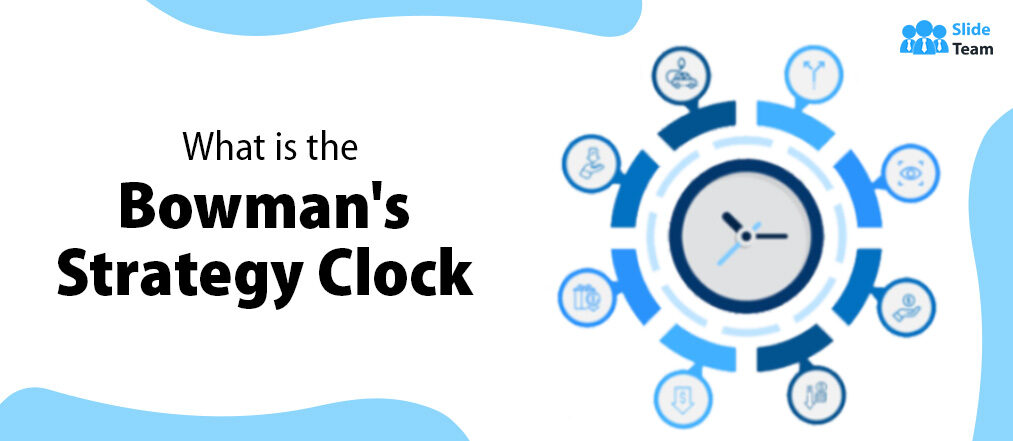
![What is a Project Management Dashboard and Why Do You Need One? [With Best Templates] [Free PDF Attached]](https://www.slideteam.net/wp/wp-content/uploads/2022/03/1013x441no-button-19-1013x441.jpg)
